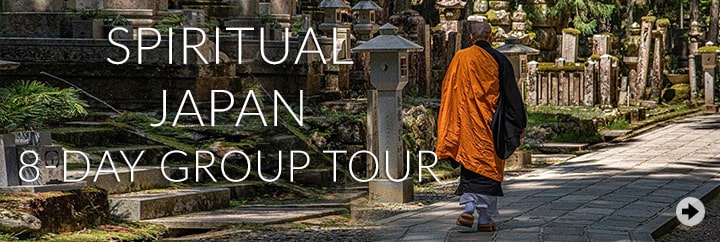Wakayama, Japan Jan. 31 Fri 2:57AM
Journey to Enlightenment
Mount Koya is valued for being the heart of Shingon Buddhism – a sect of Buddhism introduced to Japan by Kobo Daishi. There is a temple town built on the mountaintop, which is also where Kobo Daishi’s mausoleum (in Okunoin temple) stands, and where the Shikoku 88 Temple Pilgrimage ended.
Okunoin
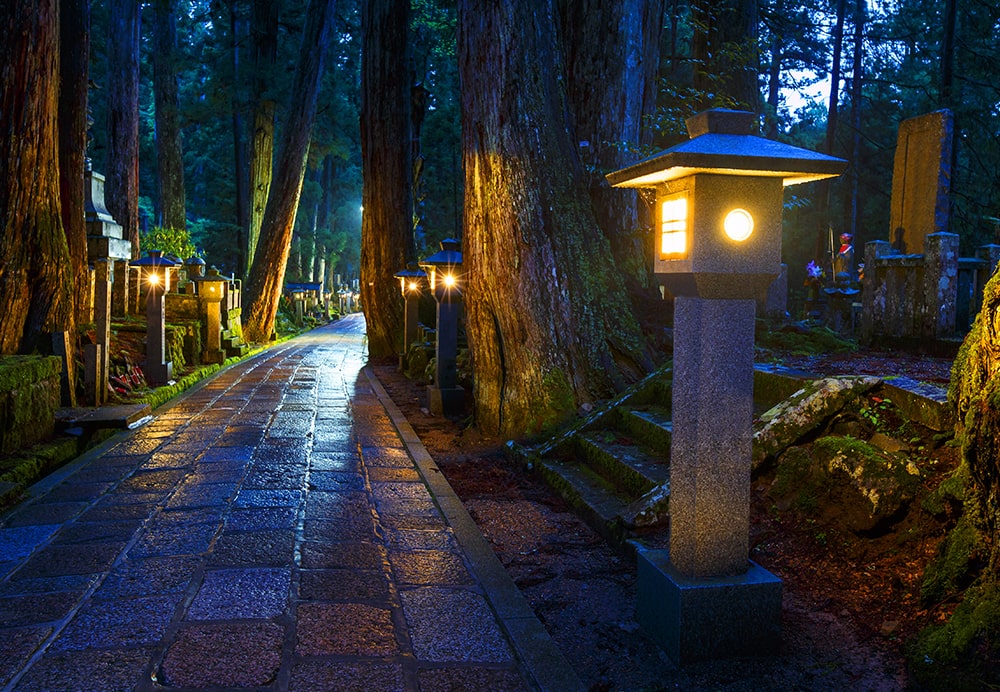
The sacred precinct leading to the inner sanctuary of Kobo Daishi Gobyo, encompassing the revered approach to the temple, holds the distinction of being both a national historic site and a registered World Heritage site. It stands as one of Koyasan's two sanctified locations. Crossing the Gobyo Bridge marks the threshold to the most revered expanse within Koyasan's sacred sites, requiring proper attire, a respectful bow before entry, and a complete prohibition on photography.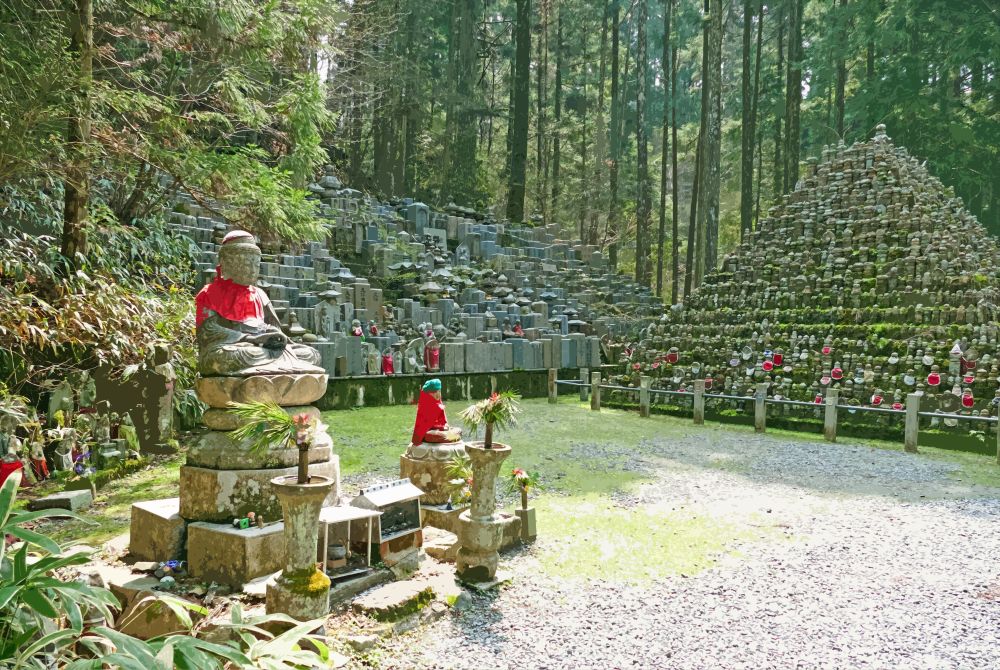
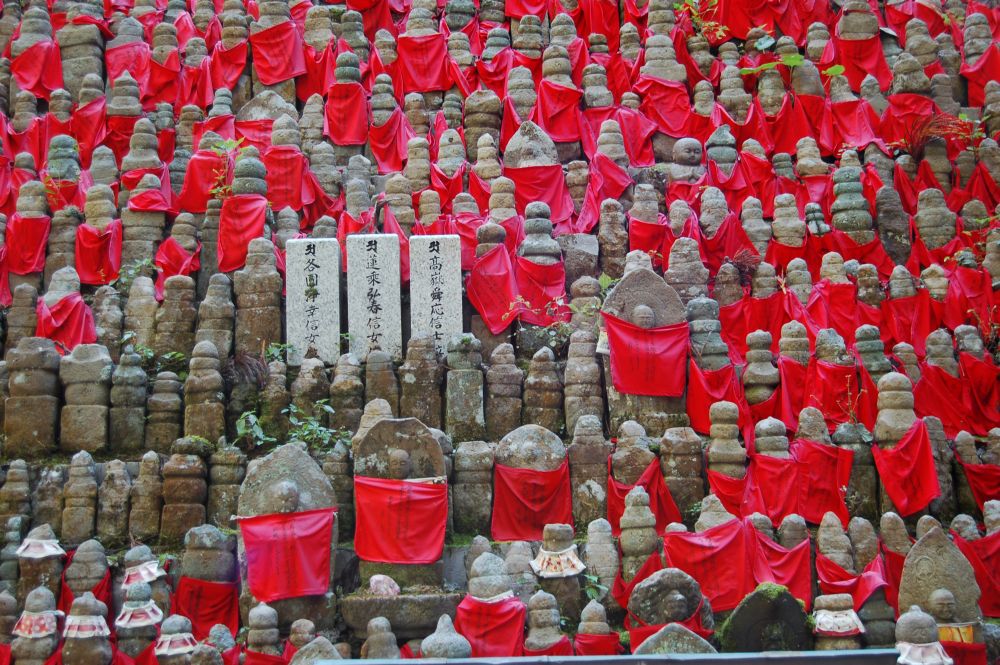
There are now over 100 temples that sit on the Mount Koya grounds. The head temple of Shingon Buddhism, Kongobuji, is also on the mountain.
Kongobuji
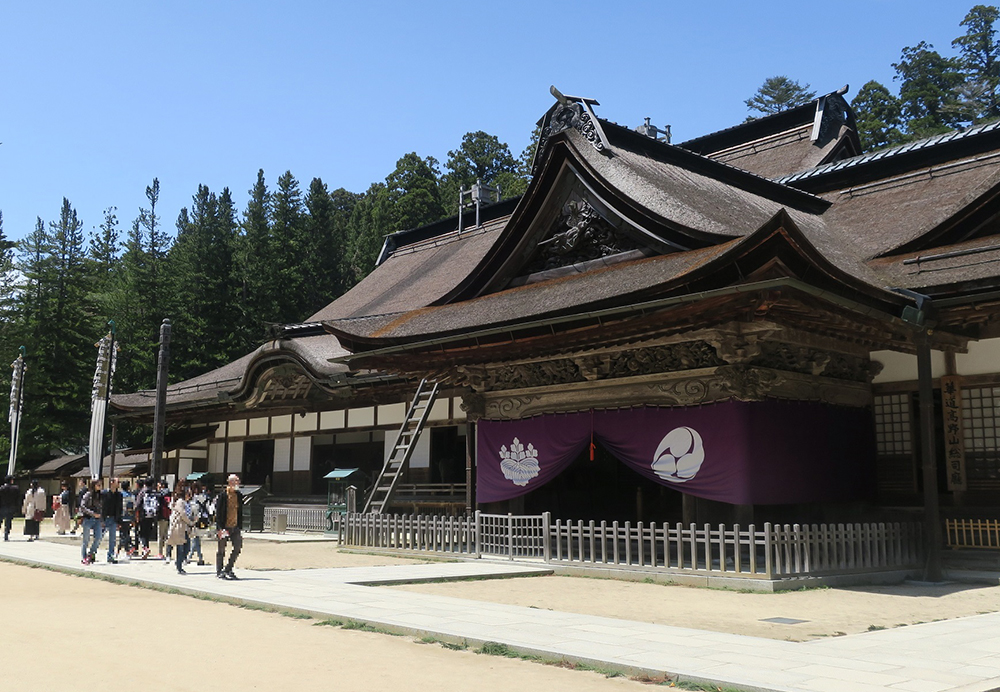 The term "Kongobuji" originally encompassed the entirety of Mount Koya as the principal temple of the Shingon sect. This concept arose from designating Mount Koya as a "single-mountain temple complex," treating the entire mountain as a temple. Even today, when we mention the 'head temple Kongobuji,' it signifies not only Kongobuji itself but the entirety of Mount Koya. In essence, the entire mountain is considered sacred grounds.
The term "Kongobuji" originally encompassed the entirety of Mount Koya as the principal temple of the Shingon sect. This concept arose from designating Mount Koya as a "single-mountain temple complex," treating the entire mountain as a temple. Even today, when we mention the 'head temple Kongobuji,' it signifies not only Kongobuji itself but the entirety of Mount Koya. In essence, the entire mountain is considered sacred grounds.
Danjo Garan
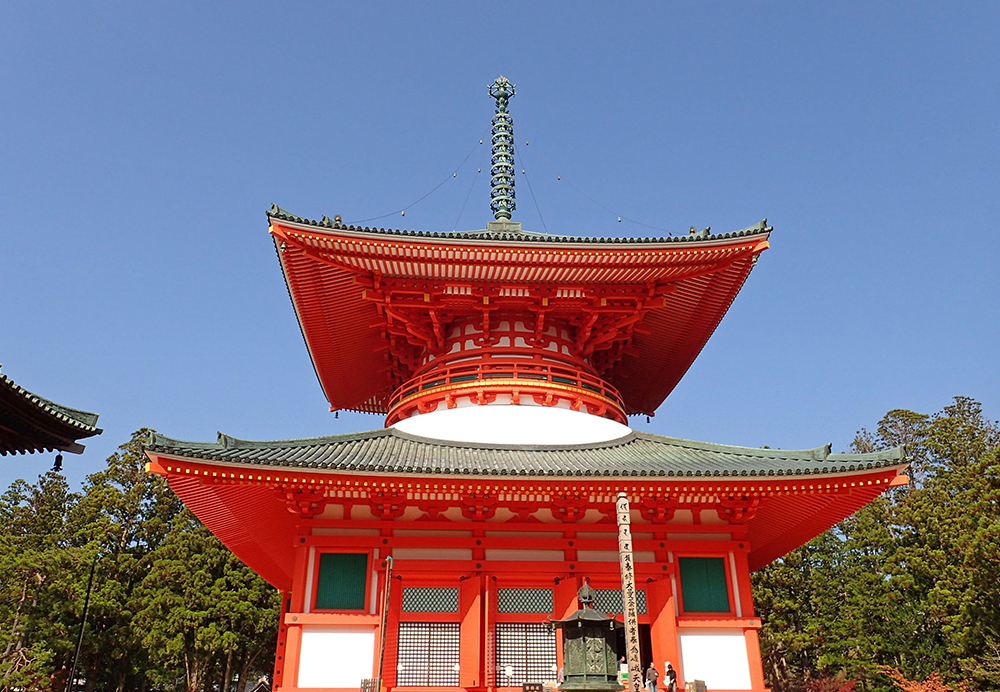
Danjo Garan holds the distinction of being the inaugural site where Kobo Daishi established the first Shingon esoteric Buddhism dojo. This revered complex, encompassing the esteemed Fudoin Temple – recognized as a national treasure, stands as both a national historic site and a designated World Heritage site. Guided by Koyasan's tradition of "Ryodan-no-fujodo," visitors follow a clockwise path, centered around the Kondo, to explore its array of buildings and pagodas.
Mt. Koya is famous for allowing visitors to stay overnight in its temples. Guests can live like monks – following their vegetarian diet and attending morning prayers. Be sure to book your temple stay in advance.
UNESCO World Heritage Site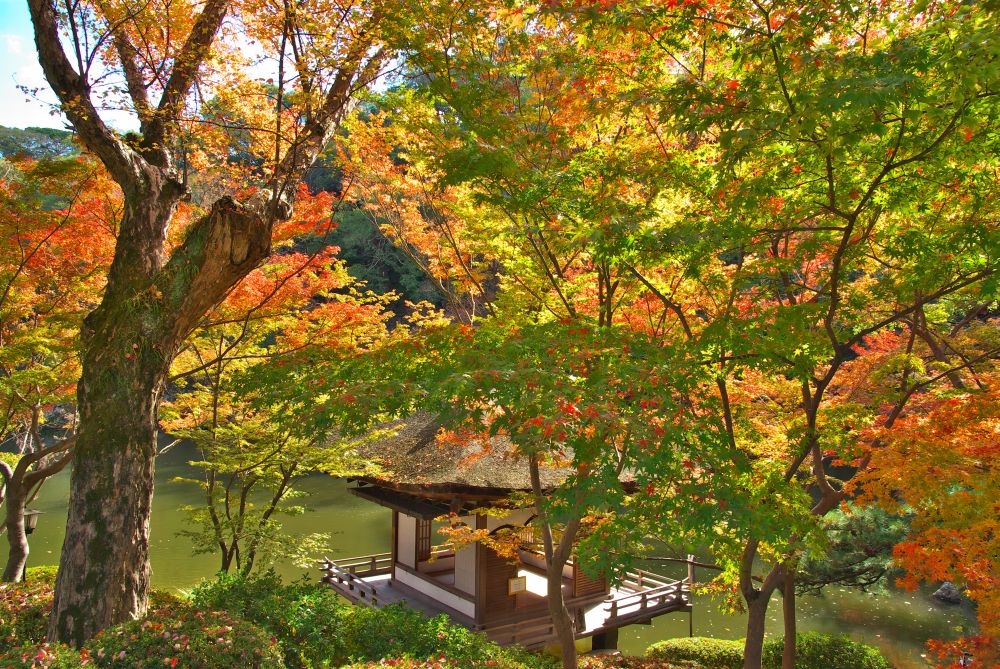
In 2004, Mt. Koya was designated a World Heritage site as part of the "Sacred Sites and Pilgrimage Routes in the Kii Mountain Range" collection. The registered sites encompass the Daimon Gate, a towering 25.1-meter-high entrance to Mt. Koya ; Danjo Garan, where Kobo Daishi established the first Shingon esoteric Buddhism dojo; Kongobuji Temple, the central temple of the Mt. Koya Shingon sect; Okuno-in Temple, including the path to Kobo Daishi's mausoleum; Tokugawa Family Reidai, the resting place of Shogun Ieyasu Tokugawa and Hidetada Tokugawa; and Kongosanmaiin Temple.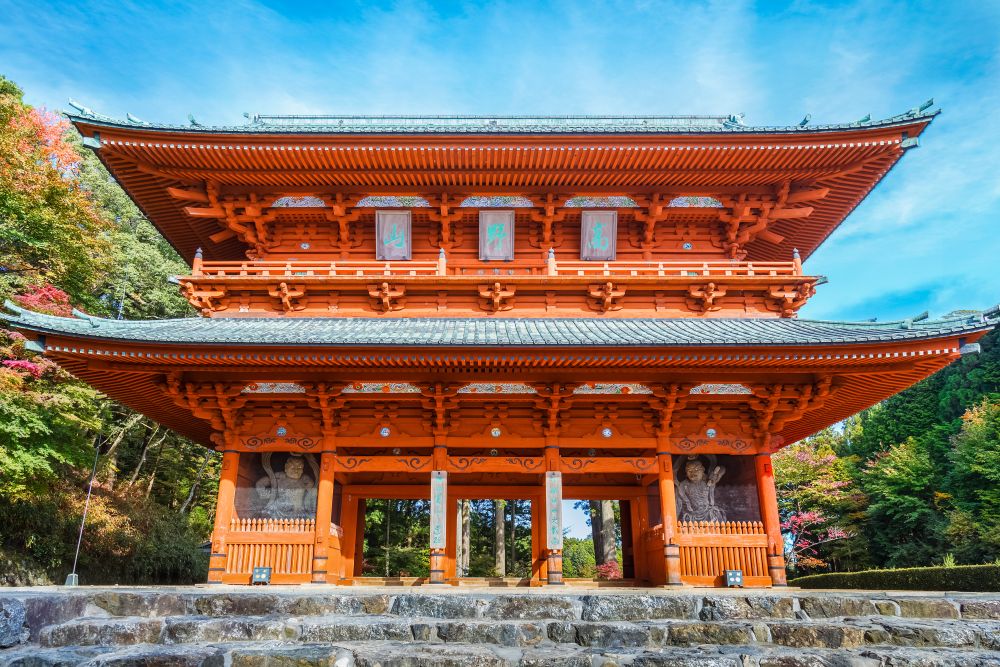
Nankai Electric Railway
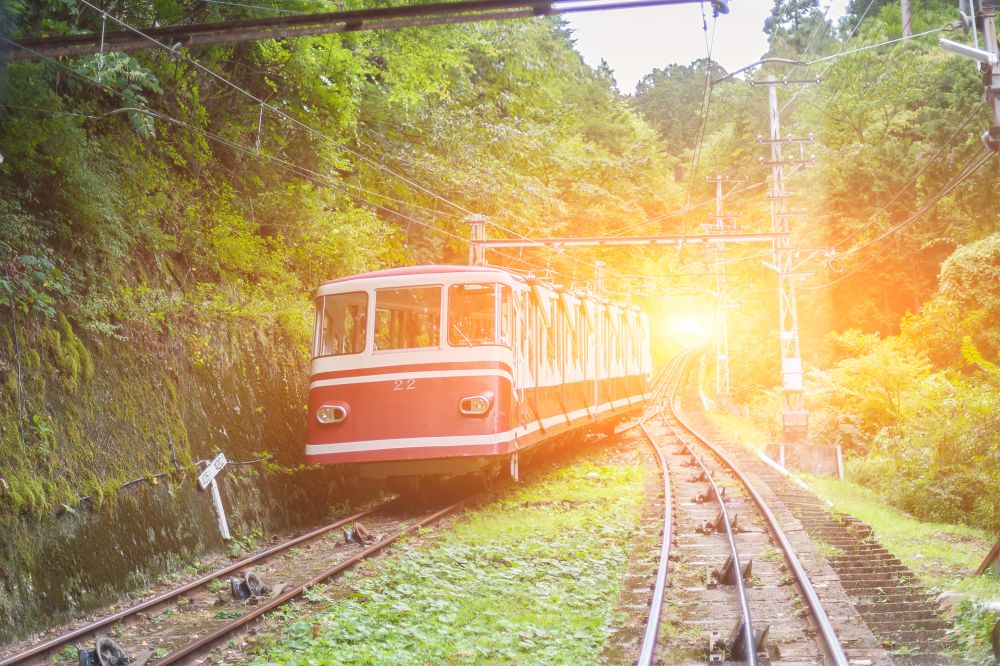 The Nankai Electric Railway is the easiest way for visitors to reach Koya. Catch a train at Namba Station in Osaka and hop off at Gokurakubashi Station and you will arrive at the base of the mountain. A cable car is offered for those wishing to take a swift 5 minute trip to the top of the mountain! There are also walking and driving paths up to the summit.
The Nankai Electric Railway is the easiest way for visitors to reach Koya. Catch a train at Namba Station in Osaka and hop off at Gokurakubashi Station and you will arrive at the base of the mountain. A cable car is offered for those wishing to take a swift 5 minute trip to the top of the mountain! There are also walking and driving paths up to the summit.

